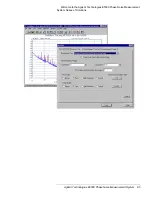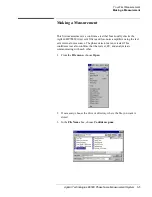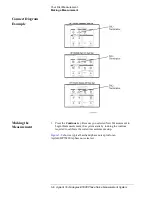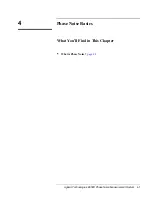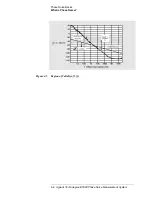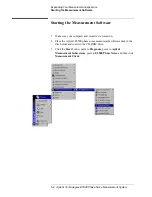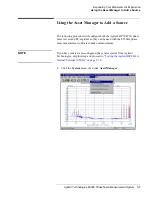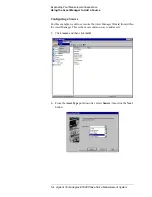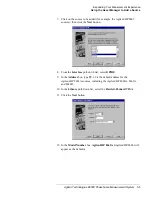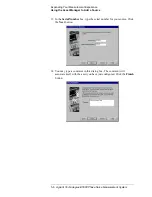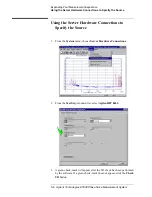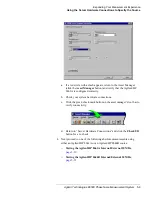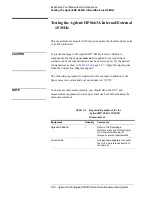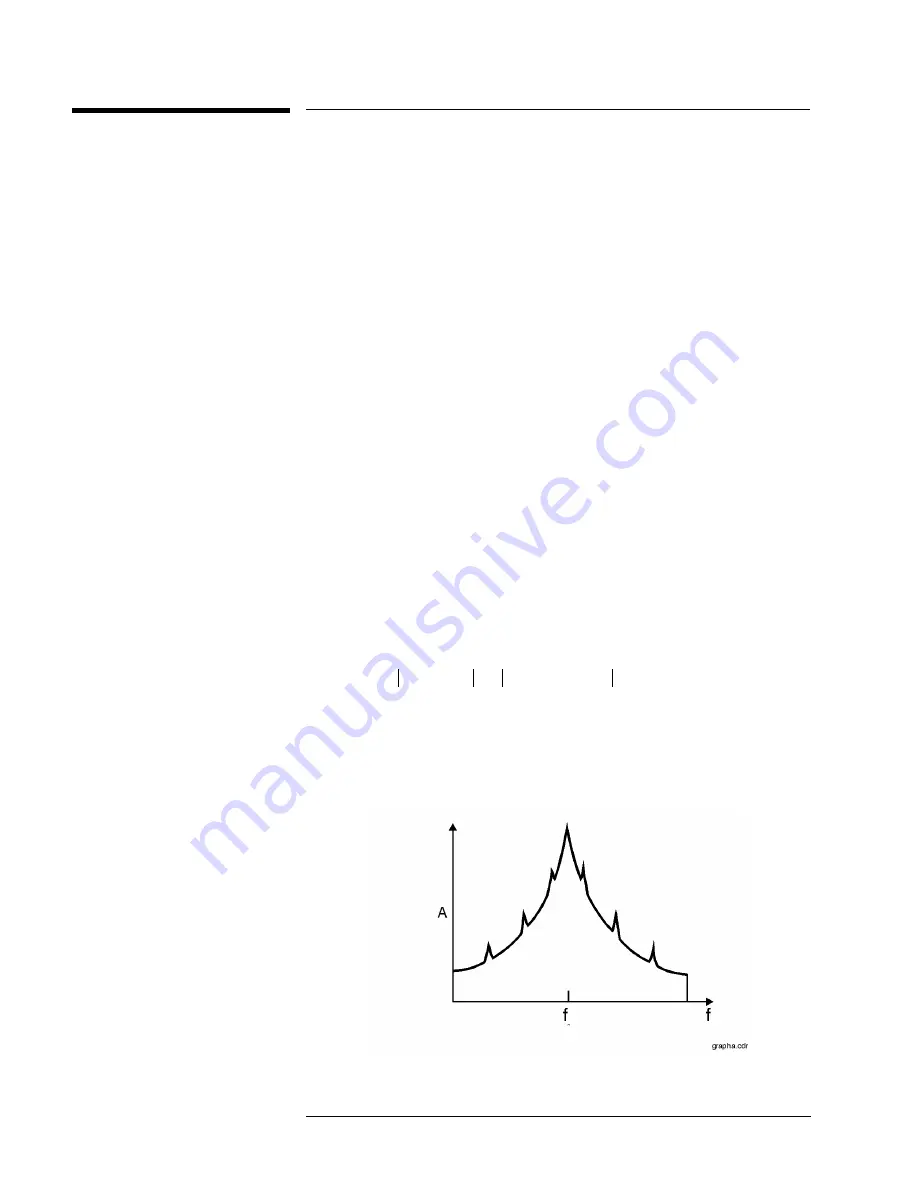
4-2
Agilent Technologies E5500 Phase Noise Measurement System
Phase Noise Basics
What is Phase Noise?
What is Phase Noise?
Frequency stability can be defined as the degree to which an oscillating
source produces the same frequency throughout a specified period of time.
Every RF and microwave source exhibits some amount of frequency
instability. This stability can be broken down into two components:
•
long-term stability
•
short-term stability.
Long term stability describes the frequency variations that occur over long
time periods, expressed in parts per million per hour, day, month, or year.
Short term stability contains all elements causing frequency changes about
the nominal frequency of less than a few seconds duration. The chapter deals
with short-term stability.
Mathematically, an ideal sinewave can be described by
Where
= nominal amplitude,
= linearly growing phase component,
and
= nominal frequency
But an actual signal is better modeled by
Where
= amplitude fluctuations,
and
= randomly fluctuating phase term or phase noise.
This randomly fluctuating phase term could be observed on an ideal RF
analyzer (one which has no sideband noise of its own) as in
.
Figure 4-1
RF Sideband Spectrum
V t
( )
Vo
2
π
fot
sin
=
Vo
Vo
2
π
fot
sin
fo
V t
( )
Vo
ε
t
( )
+
2
π
fot
∆φ
t
( )
+
sin
=
ε
t
( )
∆φ
t
( )


